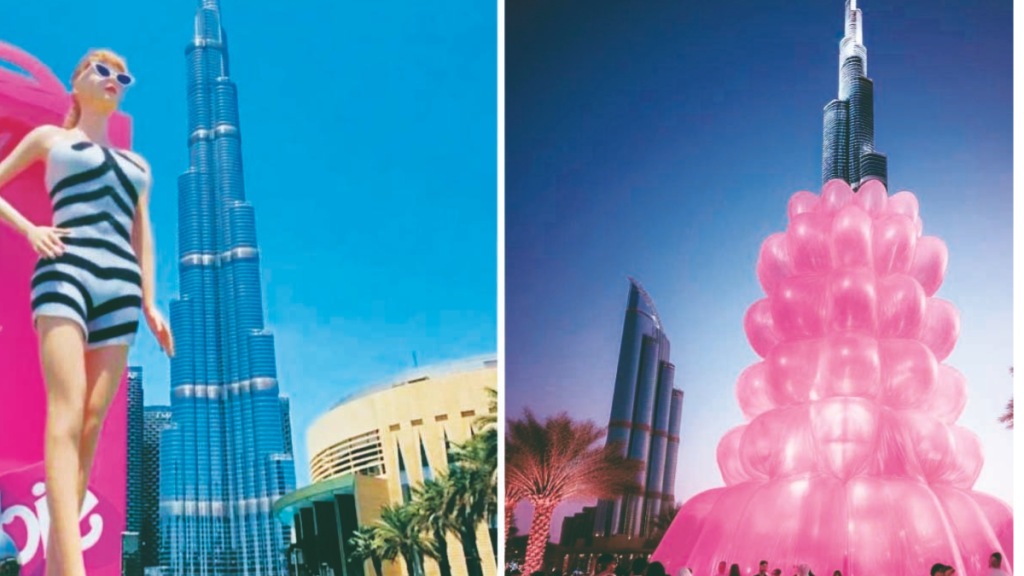Apparel retailer Uniqlo opted for a unique marketing campaign to announce its brand store in Mumbai last month with the use of CGI or computer-generated imagery. The 10-second clip featured a ship with three distinct cargo containers bearing Uniqlo branding. The containers open and Uniqlo products come out of the containers against the backdrop of Marine Drive.
While traditional forms of advertising such as billboards or newspaper advertisements still have a creative edge in the age of internet and social media, CGI marketing allows a wide and visual online experience on the internet with realistic, captivating and surreal visuals creating an immersive experience for the brand.
Out-of-home advertising when merged with computer generated imagery, augurs well for the advertising industry as well as brands as they do away with the need for real actors or physical locations. All that’s needed is powerful storytelling and visually striking imagery.
To an extent, this creativity can also help brands create a brand following, emotional connection or foster long-lasting relationships. It also works with less media spending, and builds an online fan community.
CGI is a global trend and an important aspect of advertising, for it amplifies the brand’s image using artificial intelligence to create a buzz on social media. The life-like renditions have become an essential tool for advertisers and are effective in mediums such as television, film, video game and advertising.
Some brands in the recent past have kicked off advertising campaigns by using CGI. Whether it is a giant shoe riding on a truck in Mumbai to announce Ajio.com sale season at Mumbai’s Worli Sea Link or Maybelline curling a train’s eyelash with a life-sized mascara, the grand and visual impact is mind-boggling and can only be felt in videos.
Greta Gerwig’s film Barbie was hailed as a blockbuster for its marketing campaign. One of the campaigns was a CGI video with a massive Barbie doll dressed in a striped jumpsuit, cat-eye sunglasses, and black heels, stepping out of her cardboard Mattel packaging with Burj Khalifa in the backdrop. The video had garnered a whopping 3.5 million views on the internet.
Fashion brands like Tod’s, Victoria Beckham have also experimented with out-of-the-box marketing campaigns. In an outstanding video clipping, brand Victoria Beckham is seen dropping a ‘chain pouch’ all over New York City, and the Statue of Liberty is holding the pouch.
This kind of advertising also has a lasting impression on the mind. L’Oréal in its new advertisement shows a CGI lipstick on the street riding on the back of a car and colouring the road. Some brands are at the forefront of innovation in the travel and lifestyle space. For example, Skybags, a leading youth-centered brand from the house of VIP Industries, has unveiled an exciting CGI advertisement for ICC Men’s Cricket World Cup with a giant stylish Skybags suitcase at the centre of the stadium. The suitcase unzips and the World Cup Trophy emerges.
Sagar Mehta, co-founder and creative chief of creative agency W.A.Y.S. (What Are You Saying), says, “CGI offers a great avenue to make thumbs stop scrolling but brands will have to find a way to create relevance. The novelty of the format can only take creativity so far, but any more products landing on a cricket ground or riding around the sea link in Mumbai and the viewers will begin to lose interest and not be able to differentiate one brand from the other.”

